1. Gay Marriage Should Be Legal
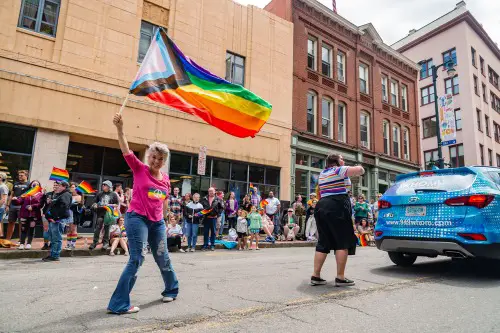
In the 1970s, the idea of same-sex marriage wasn’t just controversial—it was barely even discussed. Being gay in and of itself was still classified as a mental disorder by the American Psychiatric Association until 1973. Many states had laws criminalizing these kinds of relationships, and LGBTQ+ people faced widespread discrimination in employment and housing. A legal marriage between two men or two women would have been unimaginable to most Americans at the time.
Today, marriage equality is legal in all 50 states, and the majority of Americans support it. The Supreme Court ruling in Obergefell v. Hodges in 2015 cemented marriage equality as a constitutional right, Jacob Livesay from USA TODAY explains. LGBTQ+ representation in politics, media, and entertainment is stronger than ever. What was once considered radical is now celebrated in mainstream culture.
2. Women Should Be Able to Have Credit Cards Without a Man’s Permission

Before 1974, many banks required a husband or father to co-sign for a woman to get a credit card, according to Robin Saks Frankel from Forbes. The assumption was that women were financially dependent on men and therefore not reliable borrowers. Single women, no matter how financially responsible, were often denied credit simply because they lacked a male guarantor. It wasn’t until the Equal Credit Opportunity Act was passed that this blatant discrimination was outlawed.
Today, the idea of a woman needing a man’s permission to access financial independence is laughable. Women now hold significant financial power, with millions of female entrepreneurs and executives leading businesses. Credit scores and lending decisions are now based on financial history rather than gender. A practice that once seemed normal would now be considered outrageous.
3. A Black Person Could Be Elected President
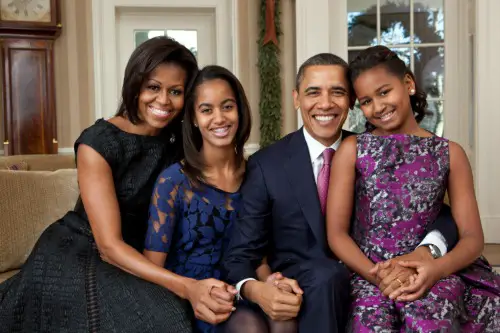
In the 1970s, America was still deeply segregated in many ways, and racism was more openly accepted in politics and society. The idea of a Black president seemed impossible, even to many civil rights activists. While progress had been made since the Civil Rights Act of 1964, Black Americans still faced systemic barriers in voting, housing, and employment. Many Americans simply couldn’t envision a Black leader winning the nation’s highest office.
Then, in 2008, Barack Obama was elected as the first Black president of the United States. According to Frank James from NPR, his victory was historic and signaled a major shift in racial attitudes, even if racism still persists. His presidency challenged the long-standing belief that race alone could prevent someone from reaching the White House. What was once seen as a fantasy became a reality that reshaped American politics.
4. Weed Should Be Legal for Recreational Use
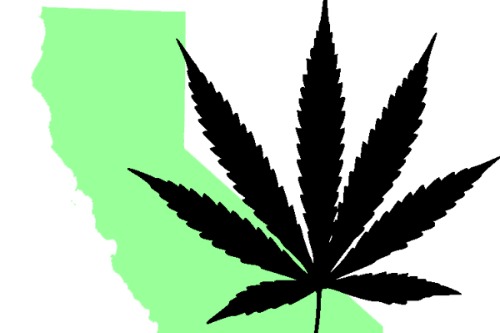
Fifty years ago, weed was firmly in the category of “dangerous drugs,” and President Nixon had just declared a “War on Drugs.” The federal government classified it as a Schedule I substance, meaning it was considered as harmful as heroin. Even discussing the potential benefits of weed was controversial, and possession could lead to severe criminal penalties. The idea of walking into a store to buy it legally for fun would have seemed absurd.
Now, many states have legalized weed for both medical and recreational use, Alex Leeds Matthews and Christopher Hickey from CNN explain. Public opinion has shifted dramatically, with a majority of Americans supporting full legalization. Politicians who once condemned it now campaign on reforming drug laws. The conversation has moved from prohibition to regulation, with cannabis dispensaries becoming as common as liquor stores in some states.
5. Men Can Be Stay-at-Home Dads Without Shame

In the 1970s, the idea of a man staying home to raise the kids while his wife worked was nearly unheard of. Gender roles were rigid, and the expectation was that men were the breadwinners while women managed the household. A father who chose childcare over a career would have been mocked, and many women struggled to be taken seriously in the workforce. The rare stay-at-home dads who did exist often faced judgment and isolation.
Now, stay-at-home dads are much more accepted, even if they are still a minority. Changing economic conditions and shifting gender roles have made dual-income households more common, sometimes with the mother earning more. Paternity leave policies have expanded, and more men openly embrace caregiving without stigma. While there’s still progress to be made, fatherhood is no longer strictly tied to financial provision.
6. Climate Change Is a Real Threat That Needs Urgent Action
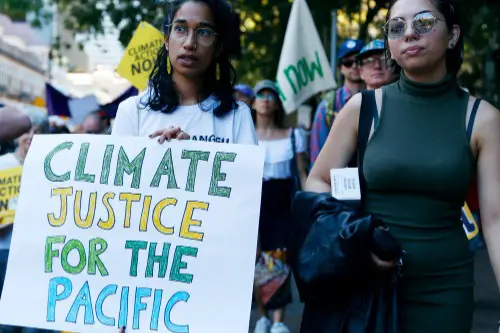
Fifty years ago, environmental concerns were mostly limited to pollution, and climate change wasn’t widely discussed. Scientists were beginning to study the effects of carbon emissions, but the general public had little awareness of global warming. Major oil companies actively suppressed research that showed fossil fuels were contributing to a changing climate. The idea that the government and corporations would need to take drastic action to reduce carbon emissions was far from mainstream.
Today, climate change is one of the most pressing global issues, with widespread public support for action. Extreme weather events, rising sea levels, and record-breaking temperatures have made the consequences impossible to ignore. Renewable energy and sustainability efforts are now priorities in government policy and business strategies. While there’s still political debate over how to address it, few deny that climate change is real and urgent.
7. People Don’t Have to Get Married to Be Happy and Successful

In the 1970s, marriage was seen as a fundamental milestone in adulthood, especially for women. The idea that someone—especially a woman—could choose to stay single and still be fulfilled was not widely accepted. Single adults were often viewed as incomplete or even pitied for not “settling down.” Society placed immense pressure on people to marry young and start families.
Now, many people choose to remain single, delay marriage, or forgo it entirely. The stigma around being single has decreased, and more people focus on personal fulfillment, careers, and friendships. Marriage rates have declined, and alternative relationships, like long-term partnerships without legal marriage, are more accepted. Happiness is no longer tied to a wedding ring.
8. Women Can Have High-Powered Careers Without Being Judged

In the 1970s, ambitious women faced major obstacles when trying to enter high-powered fields like law, medicine, and corporate leadership. Many companies refused to hire women for top positions, and those who did make it often had to endure discrimination and harassment. The expectation was that women should prioritize family life over career ambitions, and “having it all” was seen as unrealistic. Working mothers were often criticized for neglecting their children, while childless career women were viewed as cold or selfish.
Today, women lead Fortune 500 companies, run for president, and hold top roles in almost every industry. While challenges remain, it’s now normal for women to pursue ambitious careers without being shamed for it. Workplace policies have evolved to support work-life balance, and more men share household responsibilities. The idea that women should stay in “traditional” roles is fading fast.
9. Mental Health Should Be Taken as Seriously as Physical Health

Fifty years ago, mental health issues were often dismissed as personal weaknesses rather than legitimate medical conditions. Therapy was stigmatized, and people suffering from depression, anxiety, or PTSD were often told to “toughen up” or “snap out of it.” Many workplaces didn’t acknowledge mental health at all, and employees were expected to push through stress without support. Seeking help for mental illness could even damage a person’s reputation or career.
Now, mental health is recognized as just as important as physical health. Celebrities, athletes, and business leaders openly discuss their struggles, helping to break the stigma. Employers offer mental health benefits, schools teach emotional well-being, and therapy is widely accepted. What was once hidden in shame is now a mainstream conversation.
10. The Government Should Recognize and Protect Transgender Rights
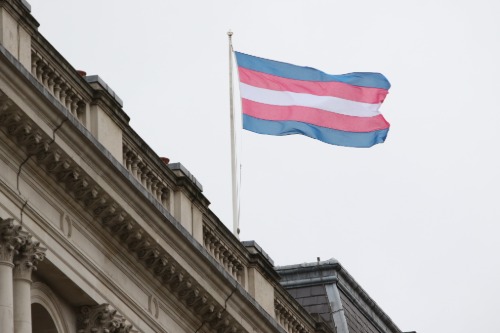
In the 1970s, the word “transgender” was barely known to the general public. People who transitioned often had to live in secrecy, facing discrimination, violence, and medical gatekeeping. Most states had no legal protections for trans individuals, and even using the correct bathroom could lead to arrest. The idea that governments would one day recognize transgender identities and grant legal protections seemed impossible.
Today, transgender rights are a major political and social issue, with growing public support. Many states allow gender marker changes on IDs, and anti-discrimination laws protect trans individuals in workplaces and public spaces. While challenges remain, the conversation has shifted dramatically, with trans representation in media and politics becoming more visible. The recognition of trans rights is now a mainstream issue, not a fringe debate.
11. People Can Work from Home and Still Be Productive

Fifty years ago, working from home was rare and mostly limited to a few professions like freelance writing or sales. The idea that an office worker could be just as productive at home as in a corporate office was unthinkable. Bosses believed employees needed direct supervision to stay on task, and most jobs required physical presence. The technology simply wasn’t there to support widespread remote work.
Now, remote work is a normal and often preferred way to do business. The COVID-19 pandemic accelerated the shift, proving that many jobs can be done efficiently from home. Companies have adopted hybrid work models, and employees value flexibility more than ever. What was once seen as a luxury is now an expectation in many industries.
12. The U.S. Should Have Universal Healthcare

In the 1970s, the idea of government-backed healthcare for all Americans was widely dismissed as too expensive or even “socialist.” Private insurance companies dominated the healthcare system, and many Americans believed government involvement would lead to lower-quality care. While Medicare and Medicaid existed, they were limited in scope, and employer-sponsored insurance was seen as the best model. The concept of healthcare as a human right was not a mainstream belief.
Today, universal healthcare is a major topic of debate, with increasing public support. Countries with government-funded healthcare systems, like Canada and the UK, are often cited as models. Many Americans believe no one should go bankrupt over medical bills, and proposals like “Medicare for All” have gained traction. While the U.S. still doesn’t have universal coverage, the conversation has shifted dramatically.
13. Representation in Media Matters
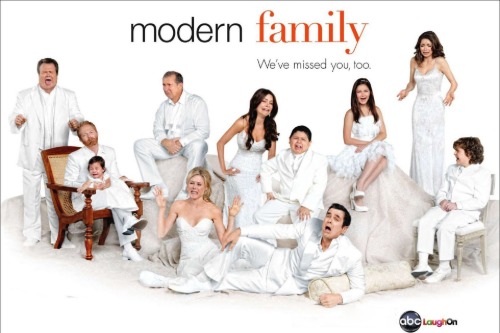
In the 1970s, TV shows, movies, and advertisements were overwhelmingly centered around white, straight, male perspectives. Women and minorities were often relegated to side characters, stereotypes, or completely ignored. LGBTQ+ representation was nearly nonexistent, and if it appeared, it was often portrayed negatively. The idea that diverse representation in media could shape social attitudes was not widely acknowledged.
Now, audiences demand diversity in entertainment, and representation is seen as essential. Movies, TV shows, and advertisements actively seek to include different races, genders, and sexual orientations. Studies have shown that seeing diverse characters in media influences how people perceive real-world issues. What was once an afterthought is now a key part of storytelling and marketing.


